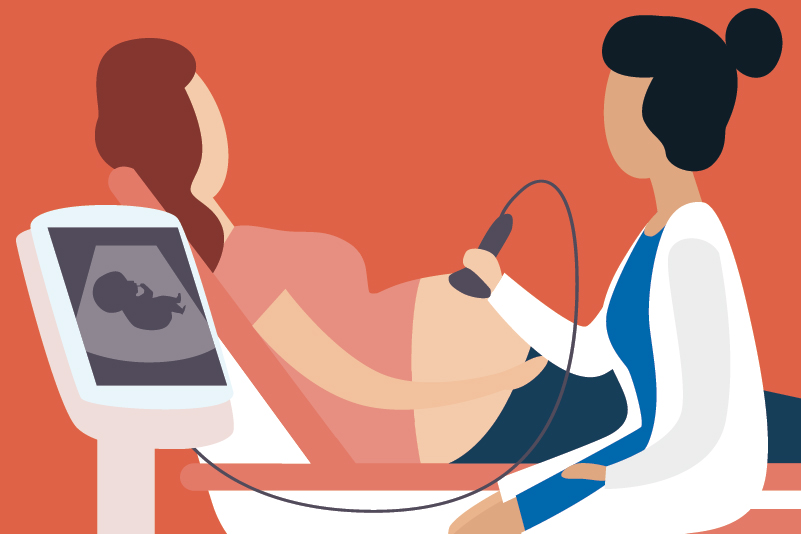#153 Ginger for Nausea and Vomiting of Pregnancy: A queasy question

Reading Tools for Practice Article can earn you MainPro+ Credits
Join NowAlready a CFPCLearn Member? Log in
- Seven systematic reviews of Randomized Controlled Trials (RCTs) with similar results.1-7
- Focusing on the Cochrane review, statistically significant results in:1
- At best, mean difference in 40-point nausea and vomiting scale was 4.19 over placebo at one week (one RCT, 70 women).
- Still vomiting at day six: 33.3% (ginger) versus 80% (placebo), Number Needed to Treat (NNT)=3 (one RCT, 22 women).
- Adverse effects rarely reported but no differences in spontaneous abortion or c-section rates (one RCT, 67 women), or congenital abnormalities (one RCT, 120 women).
- No difference versus vitamin B6 (four RCTs, 625 women), metoclopramide (one RCT, 68 women), or doxylamine/pyridoxine (one RCT, 63 women).
- Limitations: Short-term, adverse effects rarely reported, inconsistent outcome measurements, studies underpowered.2
- Cohort safety studies (mostly first or second trimester):
- 68,522 women (1,020 used ginger): No increase in fetal malformations, stillbirth/neonatal death, or preterm birth.8
- Vaginal bleeding/spotting after 17 weeks significantly increased (7.8% versus 5.8%). Not significant for heavier “bleeding” (spotting excluded) and no differences in bleeding-related hospitalization.
- 375 women: No increased major malformations, stillbirths, spontaneous abortion. More small babies (<2500 g) in the control group (1.6% versus 6.4%).9
- 441 women: No difference in spontaneous abortion, but trend (p-values ~0.05) toward increased stillbirths (2.7% versus 0.3%) and major malformations (3.3% versus 0.7%).10
- Limitations: Small numbers, short exposure (median two days), and wide confidence intervals.
- 68,522 women (1,020 used ginger): No increase in fetal malformations, stillbirth/neonatal death, or preterm birth.8
- Focusing on the Cochrane review, statistically significant results in:1
- Based on limited clinical evidence, ginger is considered contraindicated close to labour or if history of miscarriage, vaginal bleeding, or clotting disorders due to potential hemorrhage. Also concerns exist about potential to bind testosterone receptors.8
- Dose is usually ~1 g/day, divided BID to QID.1
- Evidence inconsistent for use in motion sickness,11,12 post-operative nausea/vomiting,13-16 and chemotherapy-induced nausea/vomiting.17,18






